Are you overtraining? Signs to look out for and how to avoid it
It's natural to think that racking up endless miles will be beneficial to your cycling, but it's all too easy to overdo it and miss out on recovery…
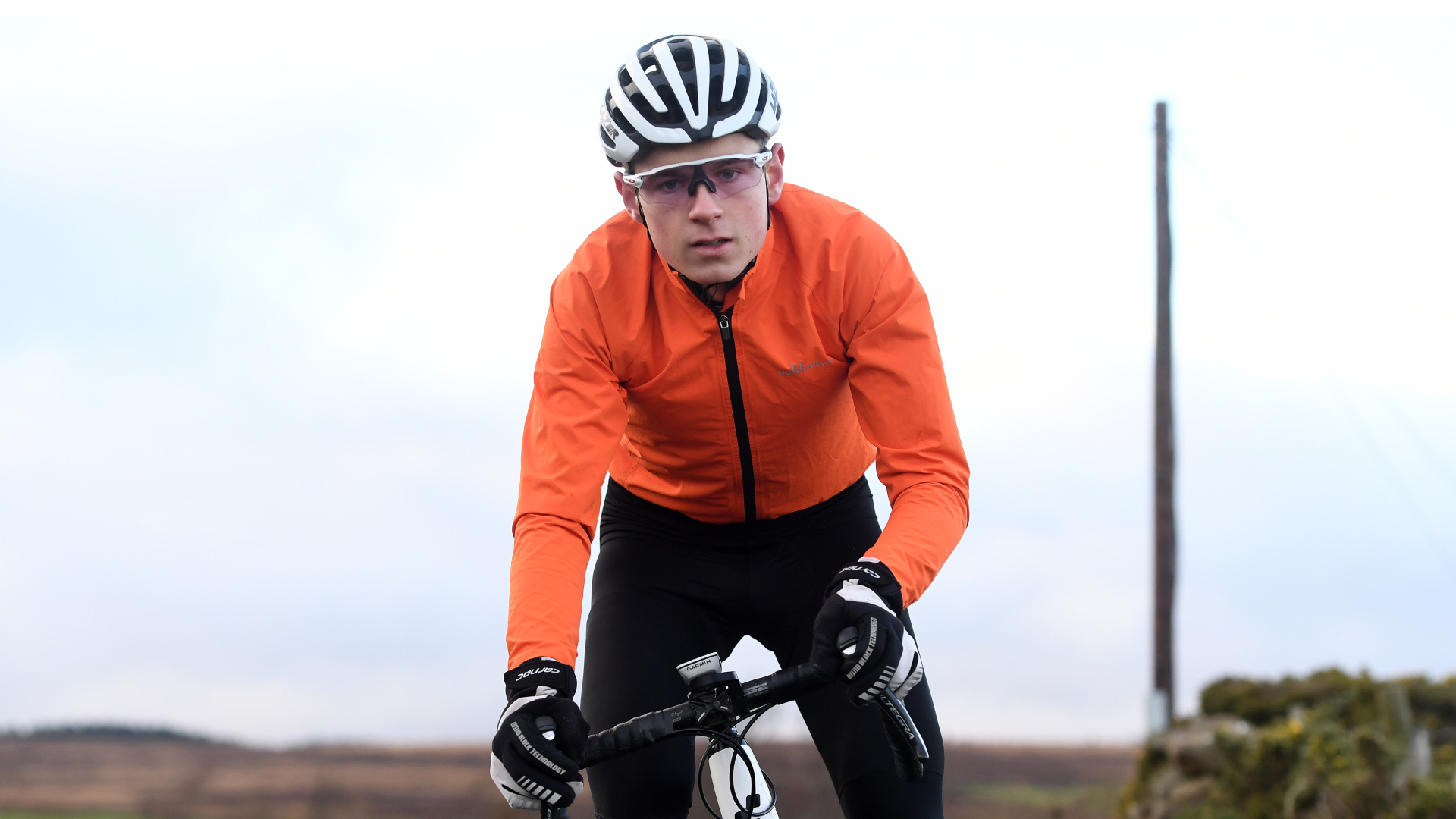
Everyone feels tired sometimes, but what if it drags on into a feeling of persistent staleness? Are you doing too much and digging a hole? Tom Bell unpicks the difference between necessary fatigue and overtraining
A few weeks ago I was approached by a 38-year-old cyclist looking for advice on overtraining. This rider – let’s call him Rob – had returned to training four years ago after an extended break and was now building up towards the cyclo-cross season. But he had noticed an unwelcome pattern in his training. Each time he put together a consistent eight to 12 weeks of hard work, he told me, he would then experience a lack of motivation, prolonged fatigue and an inability to complete his usual sessions. Freshness would return only after several weeks off the bike. Rob wondered whether he was becoming overtrained at the end of each training block.
There was no easy answer. The symptoms Rob described to me – lack of motivation and fatigue – can be a necessary part of healthy and normal training, given that, in order to induce an improvement in performance, we need to apply training stress. In the short term, this results in feelings of fatigue and a drop in performance. The upside is that, with adequate rest, the body adapts to this training stress and we see something called ‘supercompensation’, i.e. an improvement in fitness and performance above the baseline.
Under normal training conditions, recovery from fatigue usually takes from a few hours to a few days. Following a more intensified block of training, such as a training camp, a more pronounced state of fatigue known as ‘functional overreaching’ might be experienced, which usually takes a week or two of relative rest to recover from and allow supercompensation to take effect.
In contrast, if recovery is inadequate and stress elevated for an extended period of time, this can lead to a condition known as ‘non-functional overreaching’, where performance remains suppressed even after taking three to four weeks off. When this happens, there is no fitness supercompensation, so it can be very detrimental to both health and long-term fitness development.
More seriously, if non-functional overreaching is not dealt with appropriately, it can progress to ‘overtraining syndrome’, which can take months or even years to recover from. In effect, we can think of overtraining as a continuum between healthy and completely normal fatigue and full-blown overtraining syndrome.
Key symptoms of overtraining
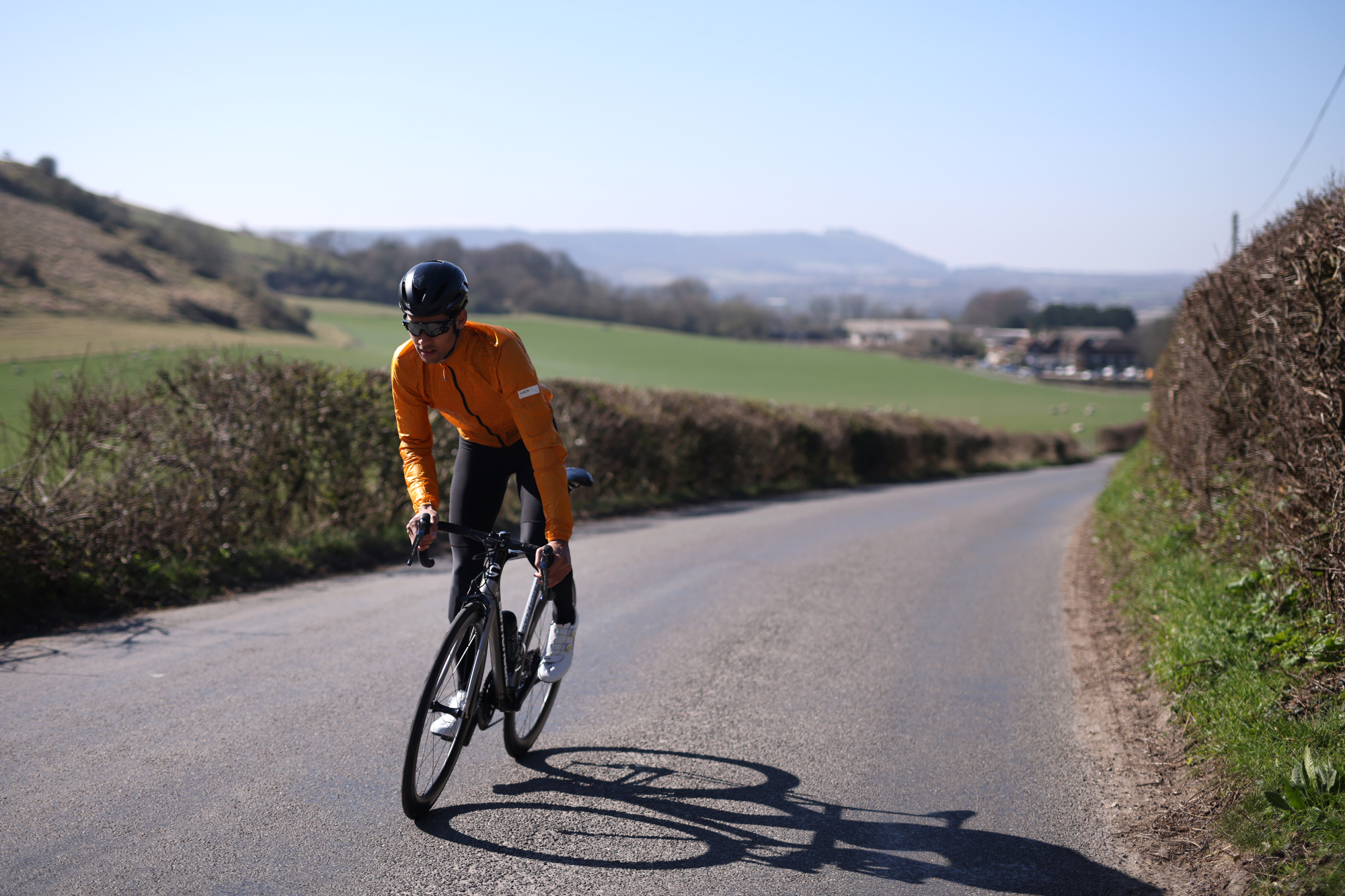
There is still a lot to learn about how overtraining presents in different athletes, and the research is still playing catch-up. Nevertheless, the following checklist provides some key signs and symptoms you’ll want to watch out for:
Get The Leadout Newsletter
The latest race content, interviews, features, reviews and expert buying guides, direct to your inbox!
- Recent increase in training load and/or infrequent recovery days.
- Reduction in performance lasting longer than a week.
- Changes in mood (e.g. depression, lack of motivation, anger/ irritability, confusion/difficulty concentrating).
- Subjective sense of fatigue, both on and off the bike.
- Difficulty sleeping
- Reduced libido
- Increased or suppressed heart rate, or decrease in heart rate variability.
- Unexpected weight loss or gain
- Frequent illness
Is Rob suffering from overtraining? Unfortunately there is no simple or easy way to answer, as there are no medical tests that can be used to diagnose overtraining with any certainty. Instead, the first step is to look at Rob’s symptoms and to interpret them in conjunction with his recent training load.
If Rob’s training stress and recovery is well balanced, a few days of lighter training should be all he needs. However, he did exhibit some of the ‘red flag’ criteria for being overtrained, including impaired motivation, a reduction in performance, and a general sense of fatigue. My advice to Rob, therefore, was to visit his GP to rule out medical conditions that might be causing these symptoms. This is a very important step, particularly if symptoms are experienced for several weeks or months.
Assuming Rob comes back with a clean bill of health from his GP, my assessment would be that he is probably on the cusp between functional and non-functional overreaching – it should not take two weeks to feel recovered from training. In order to determine which side of this fence Rob sits on, we need to assess whether he has any signs of supercompensation (improved fitness/ performance) once he’s taken a few weeks of recovery. That said, even if Rob does see a boost in his fitness after he recovers, it’s hardly optimal to need to take several weeks off from training on a regular basis. Training for relatively short intensive stints like this can increase risk of illness and injury, and should be saved for key periods in the season, if used at all.
How to minimise the risk of developing overtraining symptoms
Watch the intensity
If Rob bounces back relatively quickly this time, what should he do to help minimise his risk of developing overtraining symptoms again? The number-one piece of advice is to avoid too much intensity. In my experience, overtraining is most frequently caused by doing too many intense sessions. Cycling training plans that include lots of time spent riding at or slightly below threshold power are a common culprit (i.e. so-called ‘sweetspot’ or ‘threshold’ training). It’s relatively easy to accumulate lots of training time at this intensity, but over the longer term, this can cause considerable training stress.
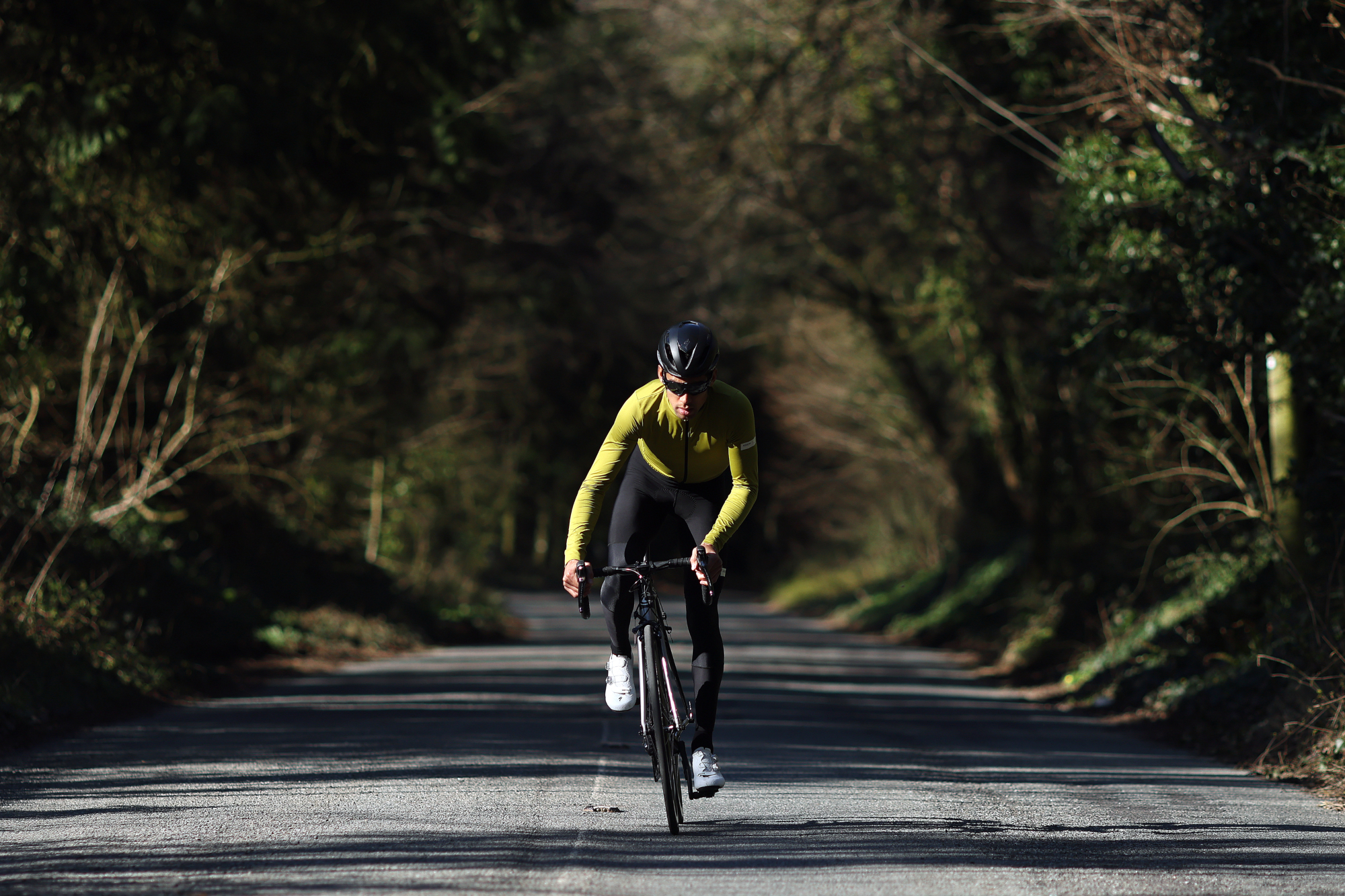
A ‘polarised’ or ‘pyramidal’ intensity distribution is usually a safer approach. This is where 70-80% of training sessions are done at a low intensity of up to 75% FTP, 70% max heart rate or a 4/10 effort level. The remaining 20-30% of sessions can be interval sessions, races or hard group rides.
Setting cycling training zones based on an FTP that is unrealistically high is another common cause of over-intensified training. It’s common for athletes to use an FTP that – if they were honest with themselves – they would be unable to sustain for 30-40 minutes, meaning it is too high. In practice, it’s far better to train to an FTP that’s slightly conservative than one that’s too ambitious. Unfortunately, you sometimes need to check your ego at the door, and accept a lower FTP for a better quality of training.
It’s also wise to avoid racing all year round. Try to plan some breaks between intensive racing periods. A month or two with no races at all gives you the chance to recover properly between seasons and build back up.
The next most important preventative measure is to take regular recovery. Recovery should be built into every training week, and I recommend having between one and three dedicated recovery days every week. These can be full days off the bike, or a light ride of perhaps 45-90 minutes at an effort level of one to three out of 10. In addition, it’s usually wise to also plan a lighter week of training every three to six weeks. This recovery week should have 20-40% less overall volume of training and no more than one intense session.
Record your training
Another important way to help avoid overtraining is by monitoring training stress. Keep a general track of your weekly training load, so that you’ll realise if it increases markedly. The simplest way to monitor training load is to tally up weekly training hours. If you use software such as TrainingPeaks or Strava, you can monitor your ‘training stress score’ (TSS) or ‘training load’ respectively, which take account of both volume and riding intensity. These metrics are calculated in various ways depending on which metrics you record (i.e. power or heart rate). They are by no means perfect indicators of your overall training stress, but are helpful enough for spotting big jumps in weekly training load.
If you want to take things a step further, you can also monitor your ‘Form’. This is a number that represents how high your recent training load has been compared against the longer-term trend. As a rough rule of thumb, you’d expect to see form values between -20 and zero during regular training. If you’re frequently seeing form values that are lower than -20 for more than a few weeks, you may be doing too much.
Stress tracking
It’s not only too much training that can cause overtraining. Often, it’s other life stresses that are the proverbial straw that breaks the camel’s back. Work demands, family or financial troubles, late nights and early mornings, all heighten your risk of overtraining. Changes in your environment (e.g. altitude or extreme heat/cold) are an additional risk factor. If non-training stress increases, you’ll need to reduce your training stress by reducing volume or intensity to compensate.
Let’s assume you’ve failed to take the precautions above: how then do you recognise when you’re overtraining? Keep a regular check on any signs or symptoms of fatigue by noting how you’re feeling, how you slept, and what your training motivation is like for each day that you train. Some training platforms prompt you to record some of these metrics after each ride. You can also look for signs of impaired performance in your training data (e.g. slower speed on a specific climb, or lower power in a key interval session).

There has been a lot of interest recently in the use of wearable technology (e.g. Whoop and heart rate variability trackers). While these devices can be helpful to estimate your recovery and fatigue status, they do not provide a complete picture; you should still pay close attention to how you are feeling and performing. If you notice any signs and symptoms of overtraining that persist for more than two weeks despite having taken some relative recovery, you need to consider reducing your training load.
Don’t go into the RED-S
Last but by no means least, paying attention to nutrition, and in particular making sure that energy intake is sufficient to meet daily energy demands, is vital. The body needs a minimum amount of energy in order to function properly. If energy expenditure outstrips energy intake over a prolonged period, you can develop a condition known as ‘Relative Energy Deficiency in Sport’ (RED-S).
Many of the symptoms of RED-S are very similar to those of overtraining and, though RED-S is a distinct condition caused by underfuelling rather than excessive training stress, it can be hard to disentangle from overtraining in some instances. In females who are not taking hormonal contraceptives, a key sign of RED-S is that periods stop or become irregular. Just because your body weight seems stable doesn’t mean you’re not at risk of RED-S. When energy intake is inadequate, the body suppresses some of its normal functions in order to conserve energy, and therefore it’s possible to develop RED-S without immediate weight loss.

The best way to tell if you’re eating enough is to use an app such as MyFitnessPal to track food and drink for a few days. This will provide a rough indication of typical daily energy intake. Using an online calculator you can work out your daily calorie needs, based on your baseline energy usage (at rest) plus exercise expenditure. Your energy intake should never fall short of your expenditure by more than 500kcal, even if you’re aiming for weight loss.
Undoing overtraining
What if Rob had faced the worst-case scenario and turned out to be chronically overtrained, how would he get back on track? He would need at least three weeks off followed by a cautious return to training. Rob would also need to reflect very carefully on what got him into the overtrained state in the first place. Athletes who become overtrained tend to be highly motivated and fear that rest will undo their hard work, which makes them prone to relapsing into bad old habits.
In less serious cases, i.e. non-functional overreaching, the return to cycling should be somewhat quicker: two or three weeks off, then building up by 60 minutes per week until you’re back to your usual training volume. But you should always err on the side of caution to avoid stepping back into the destructive cycle of too much stress, too little recovery.
If you suspect that you might be suffering from overtraining, the best course of action is to consult a sports medicine practitioner with experience in this field. None of us can completely insulate ourselves against this risk. We’re often treading a tightrope between applying enough training stress to see performance improvements and recovering enough to avoid becoming overtrained. It’s been suggested that between 20-60% of endurance athletes suffer from overtraining at some point.
In my view as a coach and national level competitor, it’s always preferable to exert a little less than what you think is your absolute capacity, rather than testing the limit. That way, you should stay on the right side of the ragged edge, pushing hard but allowing your body the recovery it needs to keep making gains year after year.
Here are the key steps proposed by sports medicine experts to help you get back on track:
Take at least three weeks of good-quality recovery, i.e. completely off the bike. It’s important that you’re not tempted to ramp up your training too quickly. A small amount of non-cycling activity (e.g. walking or swimming) is OK, but this should be for the purpose of fun rather than fitness.
Monitor symptoms to determine when you’re ready to reintroduce riding. You might notice a temporary worsening for the first few days of rest. Once you see signs of improvement, you can slowly start to reintroduce a small amount of cycling. Start with just 10 minutes, and if you continue to see improvements, you can increase this by 10 minutes per week. Accept the fact it will take at least six weeks before you’re safe to return to rides of your usual duration.
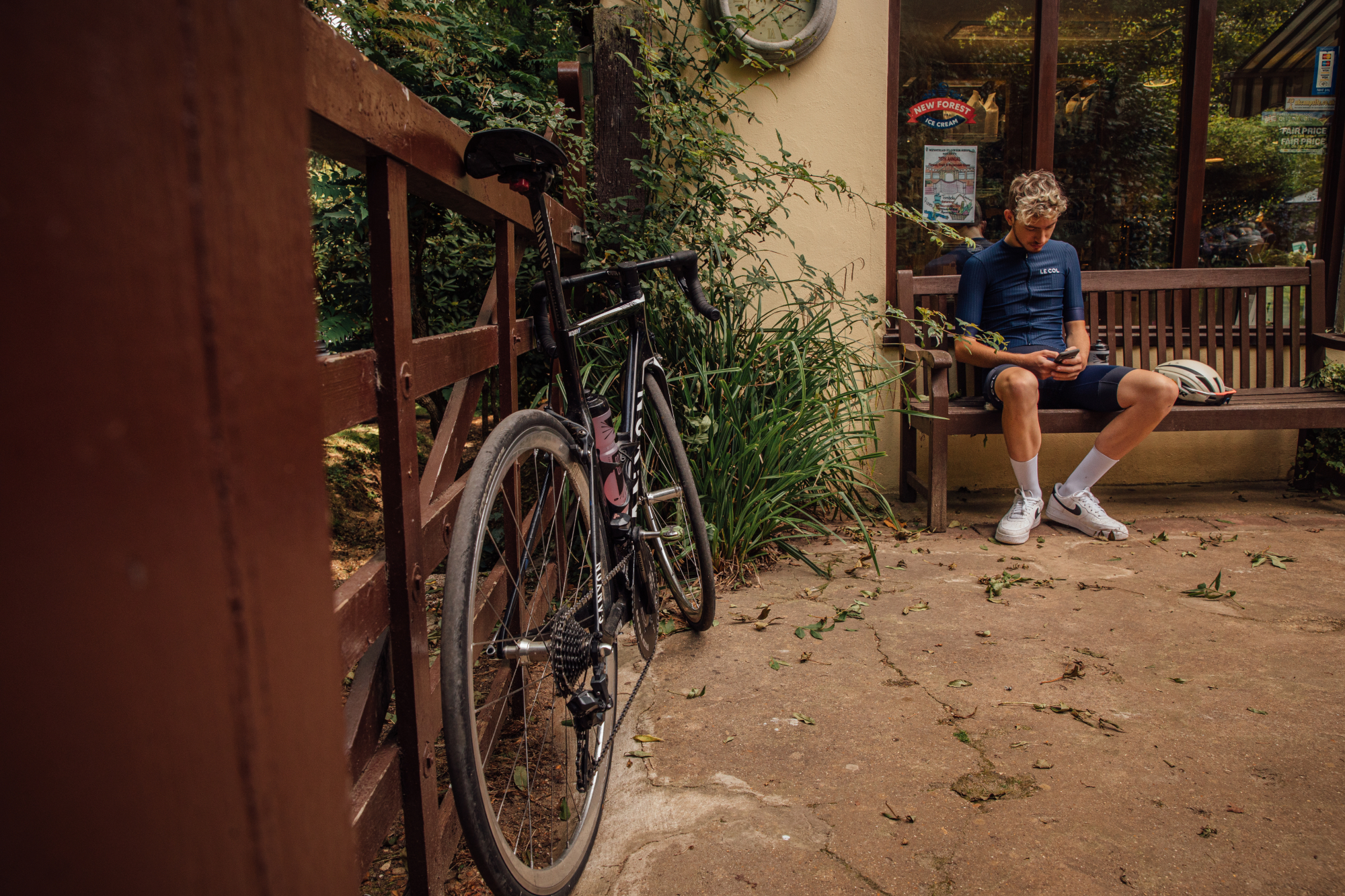
Be prepared to rest for much longer than three weeks if necessary. Some athletes are unable to return to regular training for many months to a year. Only return to a full training programme once symptoms are no longer present and you’re feeling good.
Finally, take care with your nutrition while recovering. You should make sure your energy intake meets your daily energy needs every day. Do not be restrictive out of fear of putting on a little weight – even if you do, it’s a price well worth paying for your Leaning too heavily on intense sessions long-term recovery
Scientist’s view on overtraining
Dr Justin Carrard is a postdoctoral researcher and overtraining expert at the University of Basel in Switzerland. He explains what’s going on in an overtrained body:
“There are still lots of unknowns when it comes to how overtraining syndrome affects the body. A change in the levels of hormones and their response to certain stimuli is one of the most frequently studied phenomena. For example, overtrained athletes often have elevated levels of catabolic hormones, such as cortisol and catecholamines, which tend to promote muscle breakdown. Hormonal disturbances can disrupt the body’s normal functioning, which, if it persists, can lead to health complications.
“There’s also some evidence that overtraining syndrome can have an impact on the brain. In particular, overtrained athletes may have fewer serotonin transporters and/ or impaired serotonin sensitivity. Serotonin is a chemical that carries messages between the brain and body and is strongly linked with mood, sleep and libido, all of which seem to be affected by overtraining. Differences in brain activity have been observed via electroencephalogram recording.
“Other potential impacts include disruption of metabolism, immune function and oxidative status, and dysfunction of muscle fibres. It seems likely that different athletes may experience different responses, and ultimately we need more research in this area to better understand what’s happening to the body.”

Thank you for reading 20 articles this month* Join now for unlimited access
Enjoy your first month for just £1 / $1 / €1
*Read 5 free articles per month without a subscription

Join now for unlimited access
Try first month for just £1 / $1 / €1
Tom Bell is reigning British hill-climb champion and coach at High North Performance.
-
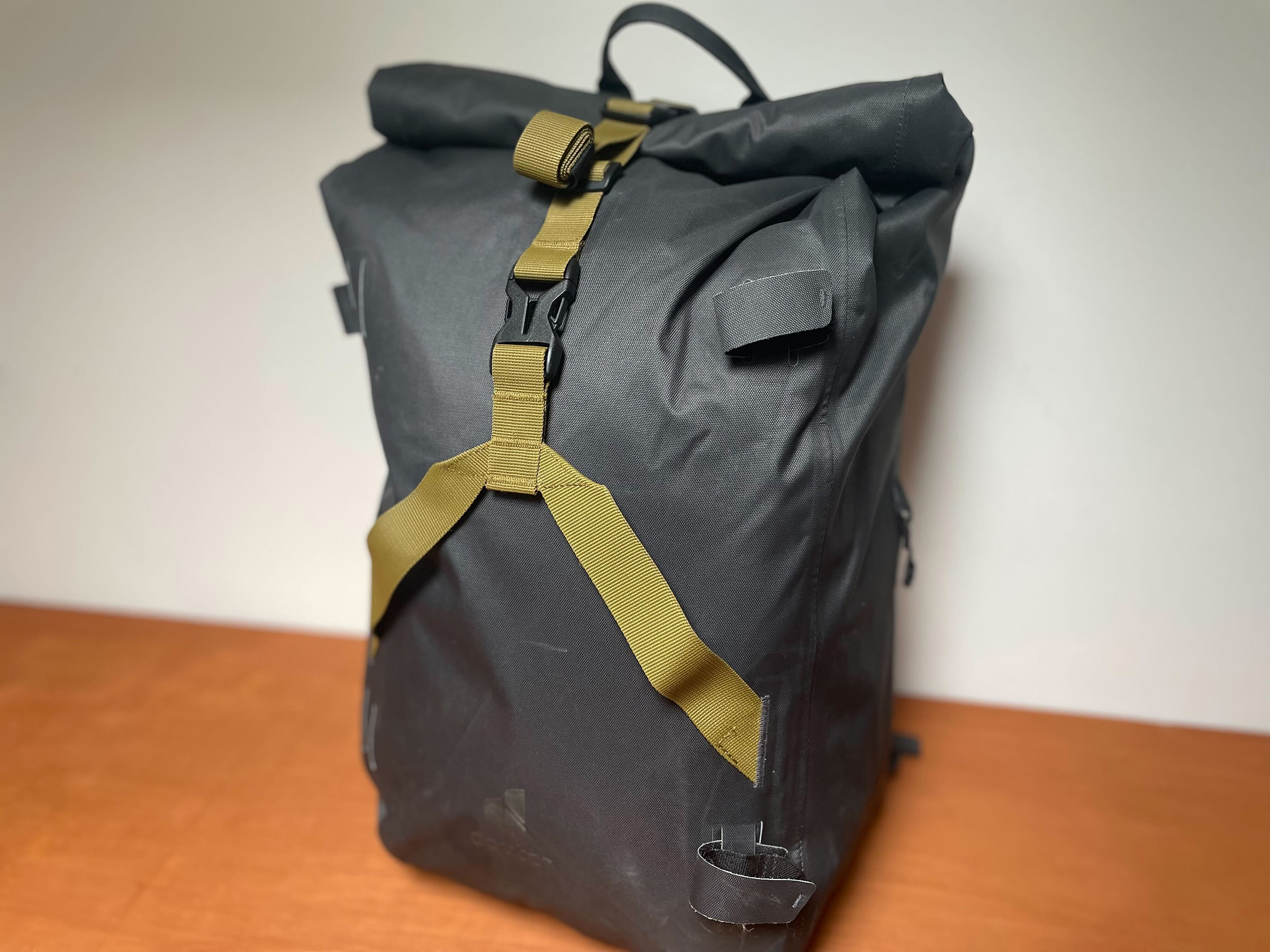 Deuter's 30ltr commuter backpack
Deuter's 30ltr commuter backpackA rolltop bag to fit a change of clothes and a sandwich. And keep them dry
By Simon Richardson Published
-
 The thing that bothers me most when I look back at old school training is that right now we’re doing something equivalently misguided
The thing that bothers me most when I look back at old school training is that right now we’re doing something equivalently misguidedOur columnist's old training diaries reveal old-school levels of lunacy
By Michael Hutchinson Published